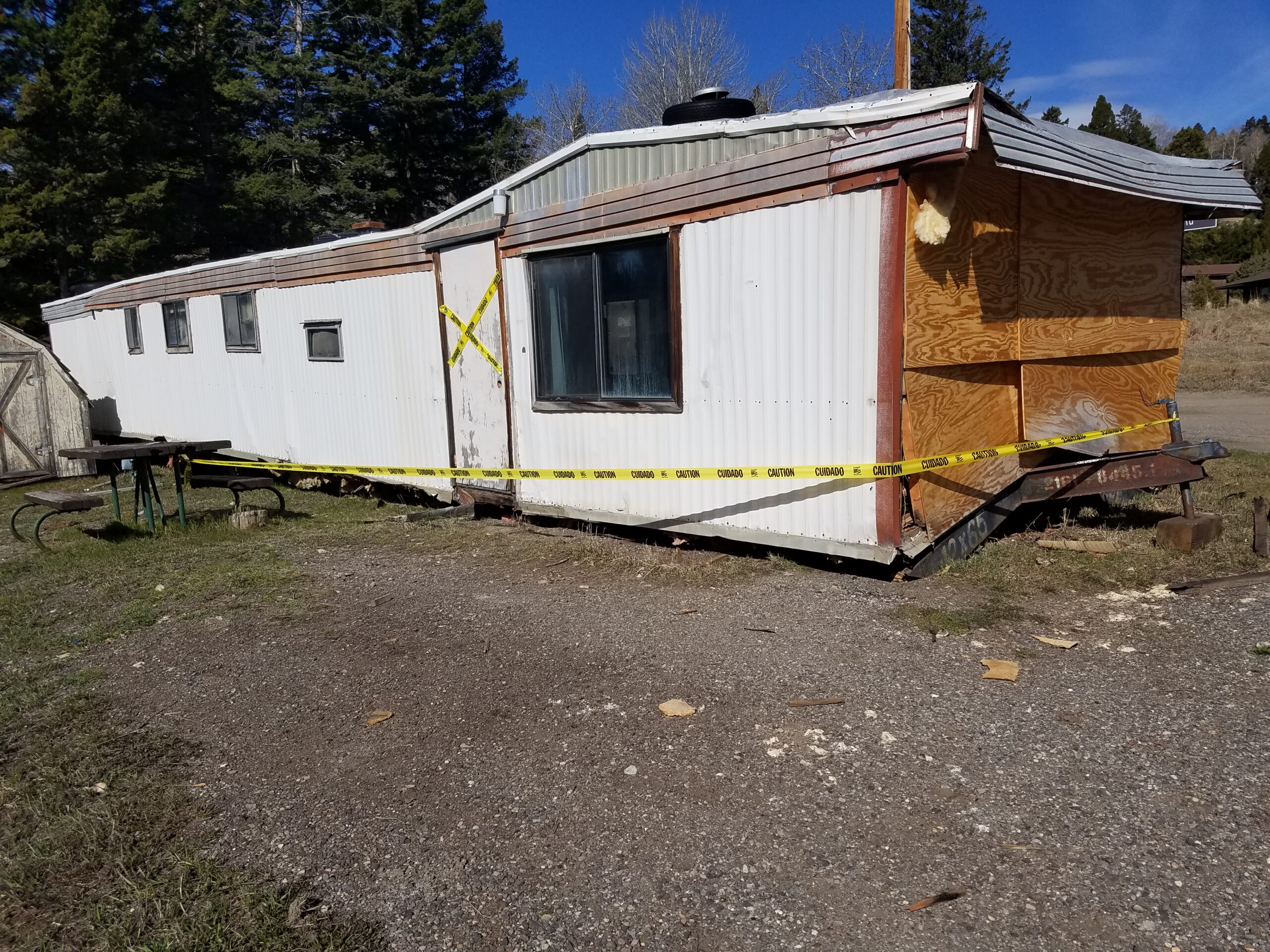This article was originally published in National Parks Traveler.
Last month, the Interior Department made an announcement that could have implications for those of us who love parks: In 2020, federal energy disbursements fell by about $3.5 billion, a plunge of 31 percent compared to the previous year. Why should park enthusiasts care about energy revenues? Simply put, if energy revenues slide much further, the new program meant to restore dilapidated park infrastructure will go underfunded, making it even more difficult to address the already colossal backlog of deferred maintenance.
Federal energy revenues come from the production of oil, gas, and other natural resources on U.S. government property, including offshore waters. A portion of those revenues has long supported conservation and recreation, mostly through the popular Land and Water Conservation Fund (LWCF), which is the main funding source for federal land acquisition.
When the Great American Outdoors Act was signed into law last summer, it established the National Parks and Public Land Legacy Restoration Fund to channel up to $9.5 billion in energy revenues to deferred maintenance projects over the next five years. It should help meet a desperate need given that the total backlog across all public lands is roughly $20 billion, about $12 billion of which is in the National Park System.
But will the act deliver the amount of maintenance funding that park enthusiasts hope it will? That remains to be seen. Full funding for the new program depends on energy revenues continuing to flow abundantly, partly because there are multiple other fiscal obligations—including state and local governments, the LWCF, and others—with priority over parks. If the energy-revenue pie shrinks, public lands maintenance may end up with a smaller slice than was originally anticipated.
This concern is more than a hypothetical, as we describe in a new report published by PERC. In several recent years, meager energy revenues would have threatened full funding for the new deferred maintenance program. Last year, energy revenues appeared to be near the minimum amount needed to fully fund the maintenance program. And if energy revenues continue to fall, it could have significant ramifications for park maintenance funding in the coming years.
By our estimates based on Interior Department figures, if energy revenues were to decline by even 5 percent in 2021, the deferred maintenance program might fall short of full funding. Another drop in revenues might seem improbable given that 2020 was anything but a normal year. But federal energy revenues are primarily driven by oil and gas, and the incoming Biden administration has pledged to curtail fossil fuel development on federal lands and waters as part of its climate plan. Regardless of the intentions, an energy policy that sinks the prospects of federal energy revenues would leave conservation and recreation programs dependent upon them in need of another funding source—perhaps recreationists themselves.
Many of the most well loved parks carry maintenance backlogs 10 to 20 times the size of their annual budgets. By the latest count, the Grand Canyon needs $314 million for overdue maintenance, Yellowstone $586 million, and Yosemite $646 million, to name just a few. Unless these needs are met, infrastructure will continue to degrade, impacting visitor experiences and park resources and ultimately costing even more to repair.
Even with dedicated funding from the Great American Outdoors Act, there are still several fundamental park maintenance issues that remain to be addressed, notably the neglect of routine maintenance that spawned the backlog in the first place. Funding from the act is limited to deferred projects, meaning it will not bolster recurring, day-to-day maintenance. Prioritizing the maintenance of existing parks and assets over new additions would help address these underlying issues, as would granting park superintendents more flexibility in setting and spending recreation fees.
For now, one thing remains clear: Conservation means taking care of what you already own. And it’s becoming clearer that the way to conserve our existing parks and public lands for future generations will require us to look past energy revenues.





